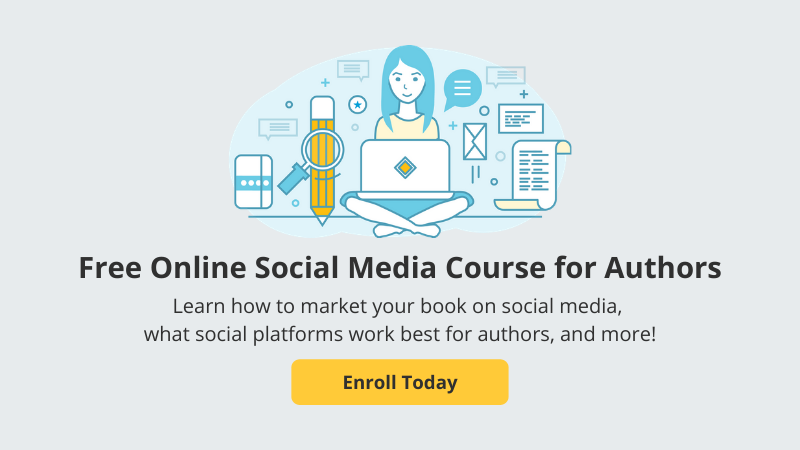When some authors begin the writing process, they do so with their target audience in mind and a marketing plan in place. This allows them to focus on creating and promoting the right content in order to build their author platform and sell their books. Even before you begin writing, you should first be aware of what you are trying to accomplish by writing. You should also know what message you are trying to promote, who the message is for, and how the reader will benefit from reading your book. If your goal is to attract as many readers as possible in order to sell your book, here are six tips to help.
Take IngramSpark's FREE Online Self-Publishing Course on How to Build an Author Platform1. Who is Your Most Likely Book Audience?
Think about who would be interested in the content of your book. Visualize who they are, and what they look like. Your author brand such as your book cover, writing style, font size, title metadata, and other components will help dictate who your audience is by attracting certain people, so you should use these elements to define who your primary audience will be. When your audience feels as if you are speaking to them, you are more likely to convert them into customers.
2. Expand Your Target Audience
It’s also important to consider secondary markets. Secondary markets are those that are not the most obvious, but who would also be interested in your book. For example, a children’s book written to help kids manage anger would have a primary audience of children, and a secondary audience of parents, educators, therapists, or others working with children. As tempting as it might be to think the parent would be your primary book audience (children don't usually buy their own books), avoid overthinking this process and focus on who will be reading the book.
Try to come up with at least five markets for your book—a primary market and four secondary markets. To help you discover other secondary markets, you can start in reverse with a broad audience and then narrow it down.
3. Identify Books That are Similar to Yours
Take the time to research other books that would be in the same category, genre, or niche. Search for "established" and "top-selling" books within the category and make a list of the titles and authors. Once you recognize who your competition is, it may be easier for you to pinpoint your potential readers because chances are, you share the same target audience.
4. Look at Social Media
Now that you've identified the established and top-selling books within your genre, look at who's following them on social media. Don’t be surprised how much information can be gained by looking at the interactions and posts. Keep an eye out for the demographics, trends, and other habits that might not be obvious, but can provide a tremendous amount of useful information.
Another strategy for social media is to connect with groups and online communities that have shared interests. Run a search on Facebook for groups who are interested in books similar to yours. Look for followers for your book’s genre on Twitter by searching for tweets that contain related hashtags. Carve out some time each day to work on these strategies.
Take this opportunity to use IngramSpark's shareable purchase links to sell your book directly to readers. Create links that you can share on your social media accounts, author website, and more! The best part? Even at discounted prices, you can earn more on each book you sell.
5. Find Other Channels
A few simple Google searches will direct you to online communities, blogs, and networks where your target audience is already engaging in information-sharing and promotion activities. Look for blogs that are within your genre. Look at the author websites of established and top-selling book authors to see what their articles are about and who is commenting. Engage in guest posting and guest hosting activities to gain exposure to other audiences.
6. Ask for Help
If you’re having trouble identifying your target audience, ask other authors or industry professionals for help. Most authors would love to help a fellow author identify their target audiences and share knowledge. Make sure you ‘pay it forward’ when an indie author is looking for guidance from you. This keeps the book industry thriving.
Once you find your target audience, the focus shifts to building a following. There are a couple of ways to do this. First start with creating and sharing well-thought-out content appropriate for your audience. Figure out the right times and platforms to post the content. Use software to automate and track your post schedule. Be generous with your time and thoughtfully promote others. Promote your message and book no more than 20% of the time. The other 80% should consist of promoting others along with tips, quotes, and content relevant to your message.
Once you’re posting consistently, reach out and follow others aligned with your target audience. With more activity on your social media platforms, you should have more success with others following you back. Connect with like-minded people and promote each other. Go beyond just following or liking their profiles. Retweet or repost relevant content and connect with their followers as well.
Find groups, organizations, and associations to help you be successful. You never know who will help you reach the next level of success.














